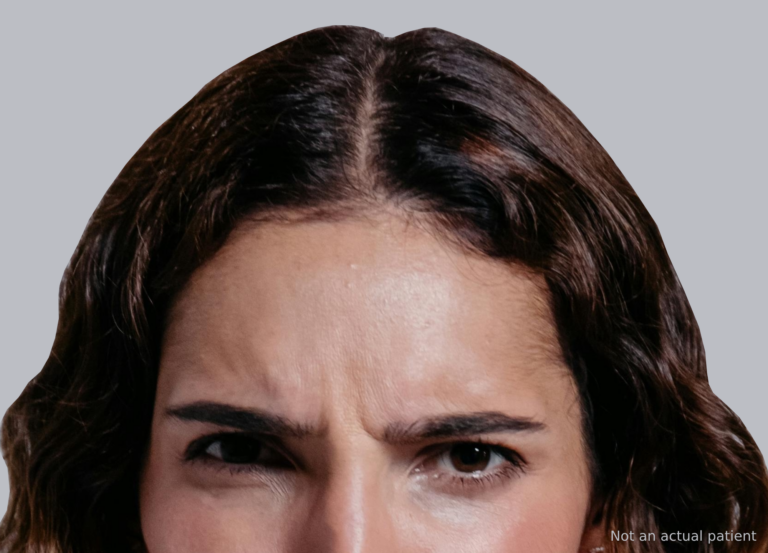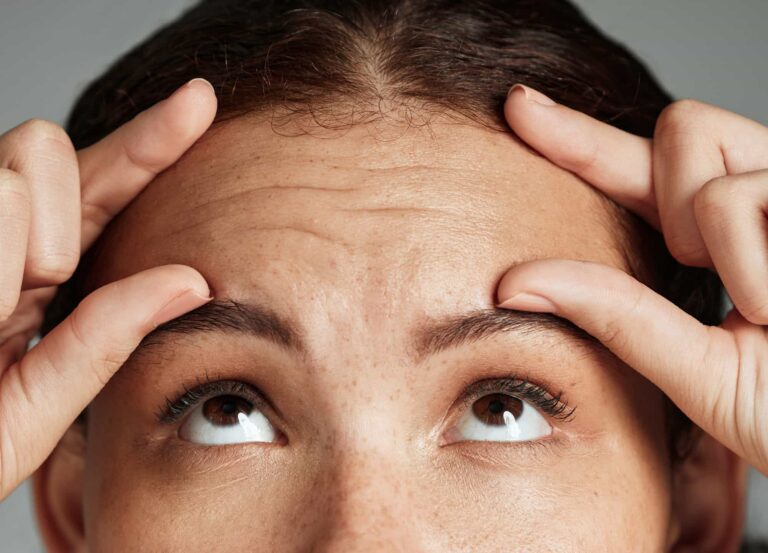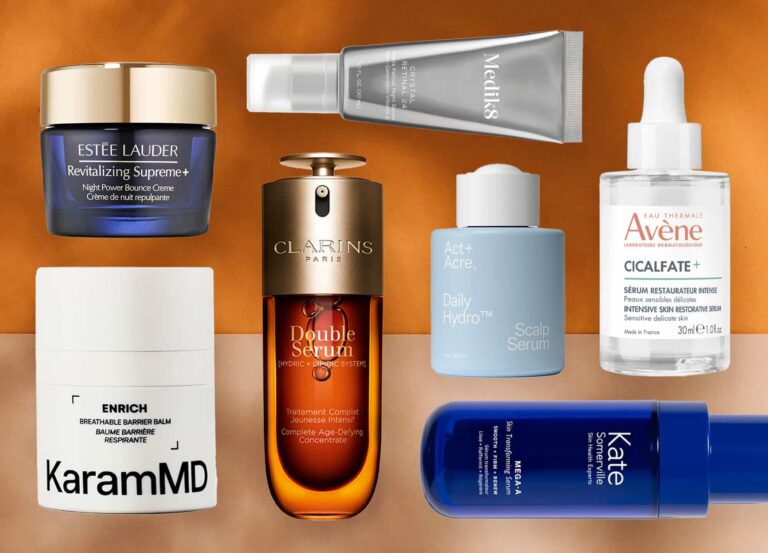Dermal filler is one of the most popular noninvasive treatments for good reason: a wide range of product options gives doctors the ability to fully customize treatment to align with individual patient goals—whether that’s filling in lines, adding soft plumpness to lips or sharper definition to cheekbones and jawlines, or replacing volume loss in significant hollows. But the versatility of the injectable, and the many misconceptions surrounding it, make it hard to tell filler from Botox, to know if you’re right the candidate, or to get a straight answer as to how long filler results will last.
Watch below as Dr. Jacob G. Unger, a board-certified plastic surgeon in Nashville, Tennessee, answers five key patient questions about dermal filler.
What are injectable fillers?
There are differences between the two main camps: hyaluronic acid fillers and biostimulators. One of the main differences between hyaluronic acid fillers as a general group and bio stimulators is that HA fillers are reversible. Hyaluronic acid fillers are utilizing the body’s natural substrate that keeps our faces nice and plump. Imagine a backbone- or a DNA-helix-type structure that attracts water to it. That’s what hyaluronic acid is. So we take that substrate, we put it into a syringe, and we inject it, which helps to attract water and plump up the area that it’s injected into. Some common examples of hyaluronic acid fillers would be the Juvéderm family of fillers or the Restylane family of fillers, which are the hyaluronic acid products that are most commonly used for facial aesthetic rejuvenation.
Biostimulators are substances such as Sculptra or Bellafill, the old Artefill, and Radiesse. They try to encourage the body to produce their own tissue, are less easily reversed, and in most cases, with the exception of Radiesse, the desired effect takes time to build up because you’re trying to stimulate the body to produce additional tissue or volume.
Filler vs. neurotoxin: What’s the difference?
The difference between a filler product and a neuromodulator product is that a filler product is trying to fill out a depression or wrinkle. That’s where we come into the difference between static wrinkles and dynamic wrinkles. Dynamic wrinkles are wrinkles that are created upon contraction of muscle: muscle shrinks the area, skin bunches up, and you get wrinkles. Those you paralyze with a neurostimulator, to smooth that area out and prevent those wrinkles from forming.
Sometimes, for various reasons, either where a blood vessel is running or due to repeated contraction, we can get deep lines in the face that are from that repeated motion. If those lines are present at rest, meaning not with the contraction of muscle, that is an opportunity, perhaps, where a filler product can be utilized to fill in that crevice and try to smooth the skin.
Who is, and is not, a good candidate for filler?
Someone with very loose skin or sagging overall facial shape is not a good candidate for filler because it does not lift the face but instead can fill subtle contour depressions or areas that lack volume. Facial aging is two things: loss of volume and descent of tissue. Surgery treats descent of tissue. Loss of volume can be treated surgically as well as nonsurgically, i.e., with fillers.
Patients who want a little more definition in the lips or who would like to have the depths of the nasal labial folds or some smile lines filled in, are great [candidates] for filler. [So are] people who want a little more volume in the cheeks [or] a little bit of improvement in the under-eye area as that cheek mass descends and the lid cheek junction lengthens, because you can camouflage that area and create more of a youthful shape.
How long will filler results last?
Six months to two years is a very fair range for a product to last. Some people metabolize a product fast. I am not aware of any way to prejudge that or to determine if you are going to be one of those patients, but suffice it to say, there are trade-offs to each different product in each location.
A nice, soft, completely malleable and moldable product tends to last less long. And so, if you get lip filler and you like the way it looks and feels but it only lasts nine months, that’s certainly well within the normal range of how long the product is going to last, whereas filling the cheek or filling the temples with a firmer, deeper product can last much longer.
Can injectable filler complement a facelift?
When you’re doing a facelift, you’re building the foundation and you’re building the house. A facelift does not get rid of fine lines around the mouth, a facelift does not get rid of fine lines through the skin; it’s simply rebuilding the face into the appropriate shape and creating that OG youth. It doesn’t mean that just because you built your house, you never need to paint the windows or clear out the gutters or put new siding on the house. Skin care and filler usage for the smaller fine lines is still an important part of maintaining your result.











